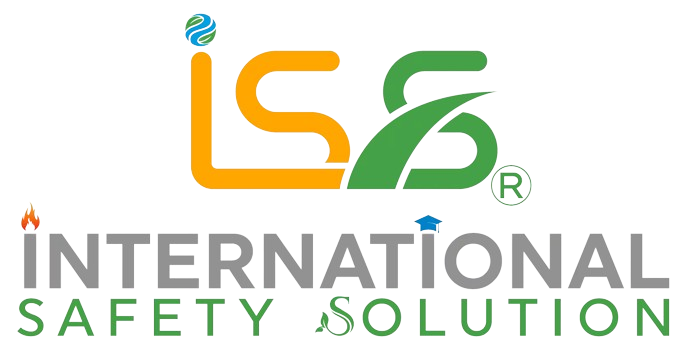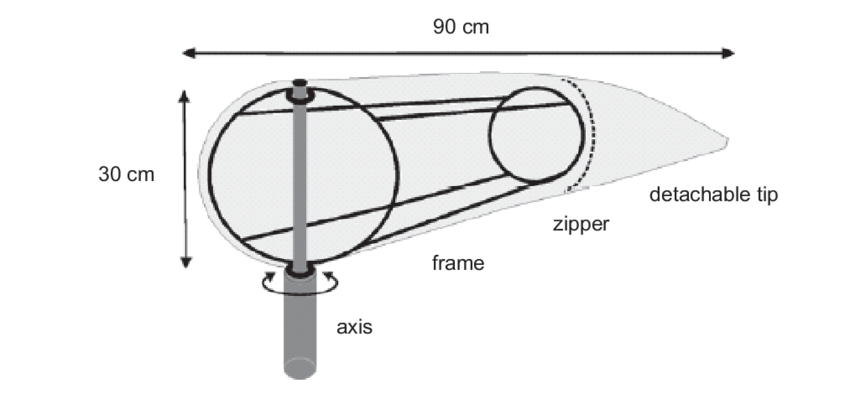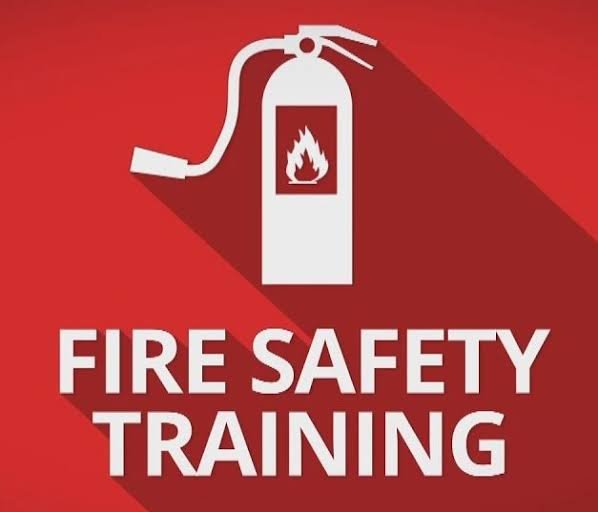Introduction
In the vast world of international safety solutions, there are various tools and equipment that play crucial roles in ensuring the well-being of individuals and the smooth operation of diverse industries. One such unsung hero in the realm of aviation, maritime, and general safety is the windsock. Often overlooked, windsocks are simple yet invaluable devices that provide essential information about wind direction and strength, contributing significantly to safety measures across the globe.
Understanding Windsocks
A windsock is a conical textile tube, typically orange and white, mounted on a pole or frame, and designed to indicate wind direction and, to some extent, speed. The characteristic tapering shape of the windsock allows it to respond to even the slightest breeze, making it an effective tool for assessing wind conditions in various environments.

Benefits of Windsocks in International Safety Solutions
- Aviation Safety: Windsocks are indispensable at airports and airstrips. Pilots rely on windsocks to assess wind conditions during takeoff, landing, and taxiing. Accurate information about wind direction is crucial for pilots to make informed decisions and ensure the safety of passengers and aircraft.
- Maritime Navigation: In maritime environments, windsocks are often used on ships and docks. They aid in safe navigation and docking procedures, allowing sailors to adjust their approach based on the prevailing wind conditions. This is particularly important for large vessels and those maneuvering in confined spaces.
- Construction and Industry: Windsocks find applications in various industries, especially in construction sites where cranes and other equipment are highly sensitive to wind. By monitoring wind direction, construction crews can implement safety measures, such as adjusting crane operations or temporarily halting work during adverse conditions.
- Chemical Plants and Hazardous Material Handling: Industries dealing with hazardous materials benefit from windsocks to assess potential risks associated with windborne pollutants. By understanding wind patterns, these facilities can take preemptive measures to prevent the spread of hazardous substances, protecting both workers and nearby communities.
- Emergency Response: Windsocks are vital in emergency response scenarios, such as firefighting operations. Firefighters use windsocks to gauge the direction in which a fire might spread, allowing them to develop effective strategies for containment and evacuation.
- Military Applications: Military operations, especially those involving aircraft and parachuting, heavily rely on windsocks. They assist in planning and executing maneuvers by providing real-time information on wind conditions, ensuring precision and safety in military activities.

Conclusion
In the complex tapestry of international safety solutions, the humble windsock stands as a silent sentinel, providing critical information that shapes decisions and safeguards lives. Its role extends far beyond a mere indicator of wind direction; it serves as a linchpin in diverse industries where safety is paramount. As technology advances, the importance of traditional tools like windsocks should not be overlooked, for they continue to play an integral role in ensuring a safer, more secure world for us all.




